Why Education Holds the Key to Closing the STEM Gender Gap
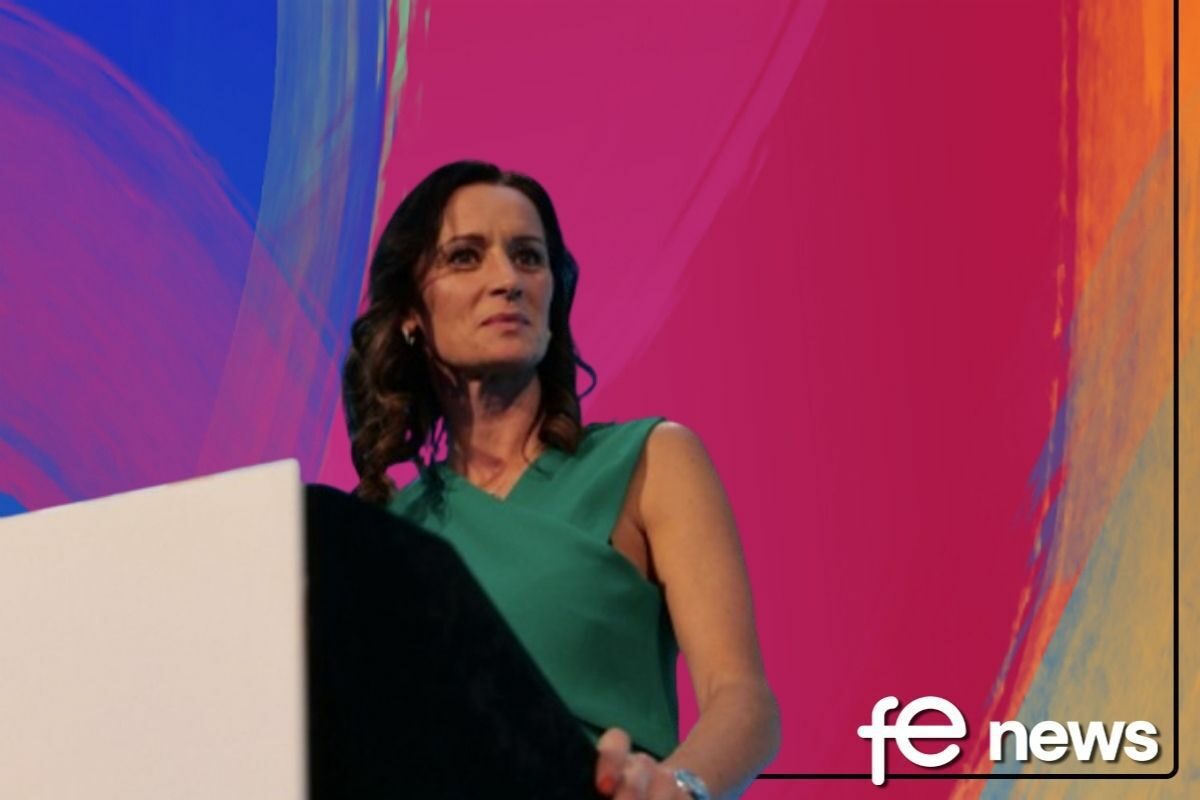
The pandemic has accelerated digital transformation and adoption across the globe, and as a result STEM careers have been pushed to the forefront. However, while the need for digital talent is clearly skyrocketing, employers and business leaders across industries are struggling to find or access a broad range of STEM skills.
This skills gap derives from the significant lack of diversity amongst STEM employees, with these two factors becoming increasingly interlinked. For example, statistics reveal that only 25% of STEM jobs were held by women in 2020, meaning companies failed to tap into a wide range of ideas and skill sets. Yet, it is not enough to solely focus on gender differences. We also need to look at social mobility and racial equity within these industries.
To bridge the digital divide, steps need to be taken from an early age to help enable women and girls from all backgrounds to embrace STEM careers. The reality is that missed opportunities begin at an educational level, fuelled by a curriculum that has remained unchanged for decades, alongside stereotypes and limited information, advice, and role models. This stands in the way of achieving important initiatives, such as the government’s levelling up agenda, which is heavily focused on digital development in the North West.
So, how can the UK bridge the STEM gender gap? And how can we get involved?
Change Begins with Education
The national curriculum for STEM learning has grown in recent years. There is now more of an emphasis on encouraging students to investigate and engineer solutions to problems, and develop both their soft and hard skills. Yet, despite recent advancements, STEM subjects are still widely perceived as exclusionary, male-dominated domains, with women from all backgrounds much less likely to study STEM subjects at school or university.
To give an example, the number of girls studying a GCSE in design and technology fell from 29,741 to 28,763 between 2019 and 2020. This lack of enthusiasm and enrollment derives from a number of different factors, including the lack of female role models across STEM industries. To reiterate an old saying, “You can’t be what you can’t see”.
Having only a small percentage of female teachers in STEM greatly decreases the likelihood of young girls seeing these careers as options for themselves. In fact, it was found that girls with a female role model were 50% more likely to consider a career in STEM, calling for schools and organisations to respond accordingly. This will include providing dedicated support and visibility for excluded identity groups. Essentially, the representation of all women is key to inspiring young girls to pursue these careers.
As part of this move to accelerate the advancement of women in STEM, it is also important for schools to debunk stereotypes and promote equal opportunities from an early age. Embracing diversity in students, recognising their differences, and adapting the curriculum to meet their unique needs can be great ways to create an inclusive educational environment. This includes tailoring career advice to give women and girls more confidence.
The Alternative Educational Routes into STEM
As well as ensuring that representation is a priority, schools, universities, and organisations must focus on promoting alternative routes into STEM. Digital training courses, workshops, bootcamps, and apprenticeship programs have all proven to be effective ways of nurturing high-level talent.
To ensure that these routes are attractive to women from all backgrounds, schools and organisations need to shift language in advertisements, reposition their marketing strategies, and make learning opportunities more accessible. For example, make sure to keep an eye out for gendered language when putting out promotional adverts.
Women holding leadership positions should also look to promote different routes into STEM, such as providing internships for girls hoping to learn more about these industries. Taking an alternative route to higher education has led to many successful careers, and women and girls from all backgrounds should be made aware of this.
Practising what we Preach
Here at BAE Systems Digital Intelligence, we are committed to addressing the gender gap in STEM, and developing an inclusive and diverse workforce. As part of this mission, we recently partnered with Code First Girls, one of the largest providers of free coding courses for women in the UK, to sponsor its CFGdegree programme.
We are also supporting Manchester Digital with its Digital Her programme and its mission to bring forward more women in technology, along with sponsoring the National Cyber Security Centre’s CyberFirst girls competition.
Ultimately, we need more women, from a range of different backgrounds, to help bridge the STEM skills gap. Dedicating our resources to promoting gender and racial equality, as well as emphasising the importance of STEM education, is therefore at the top of our agenda.




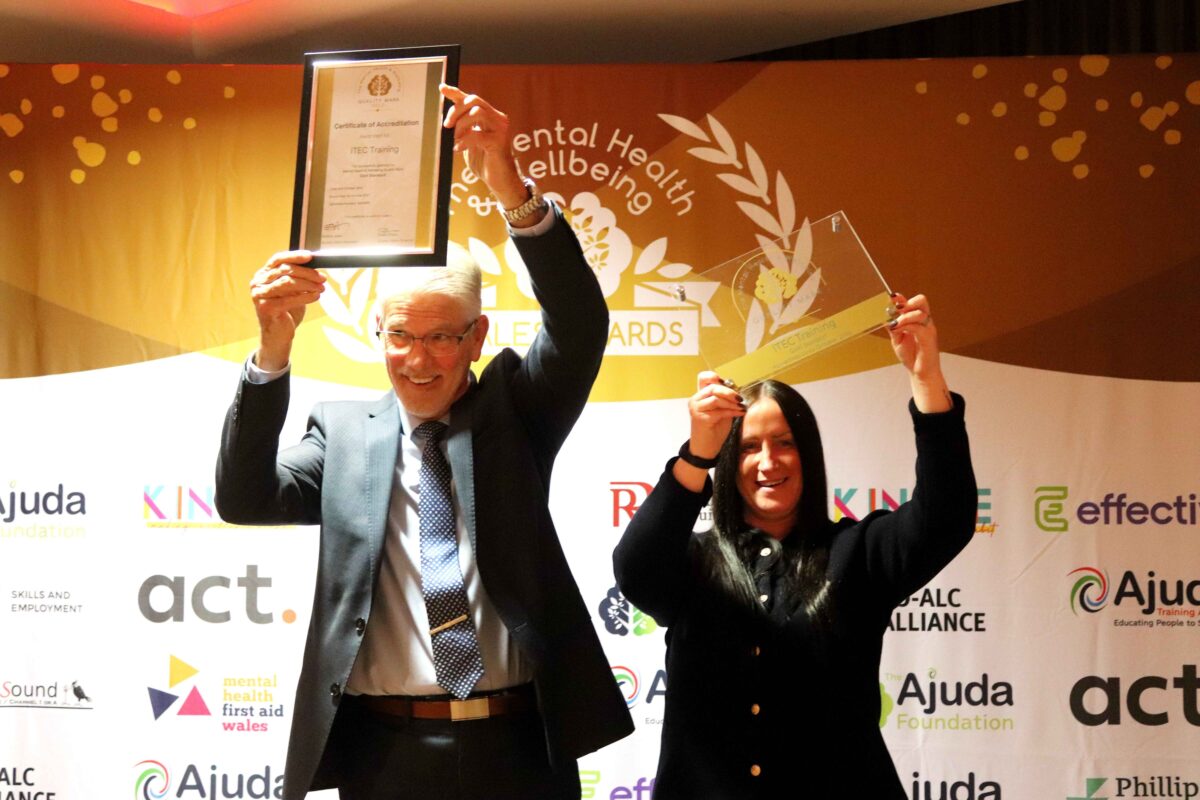
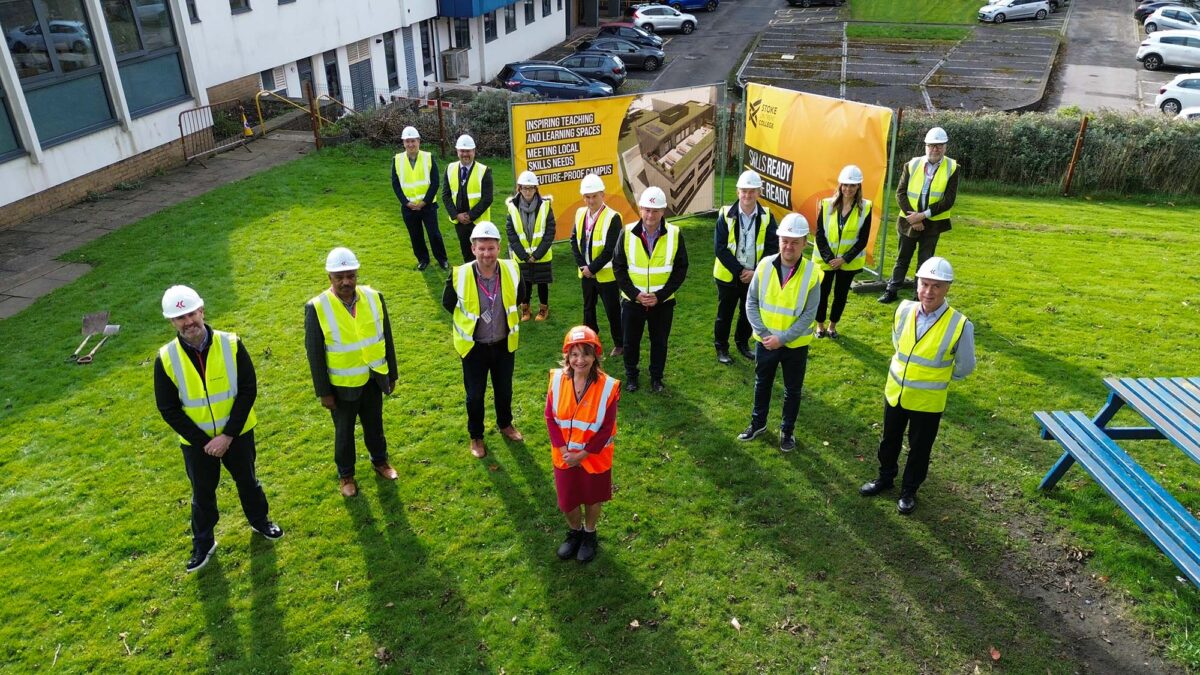
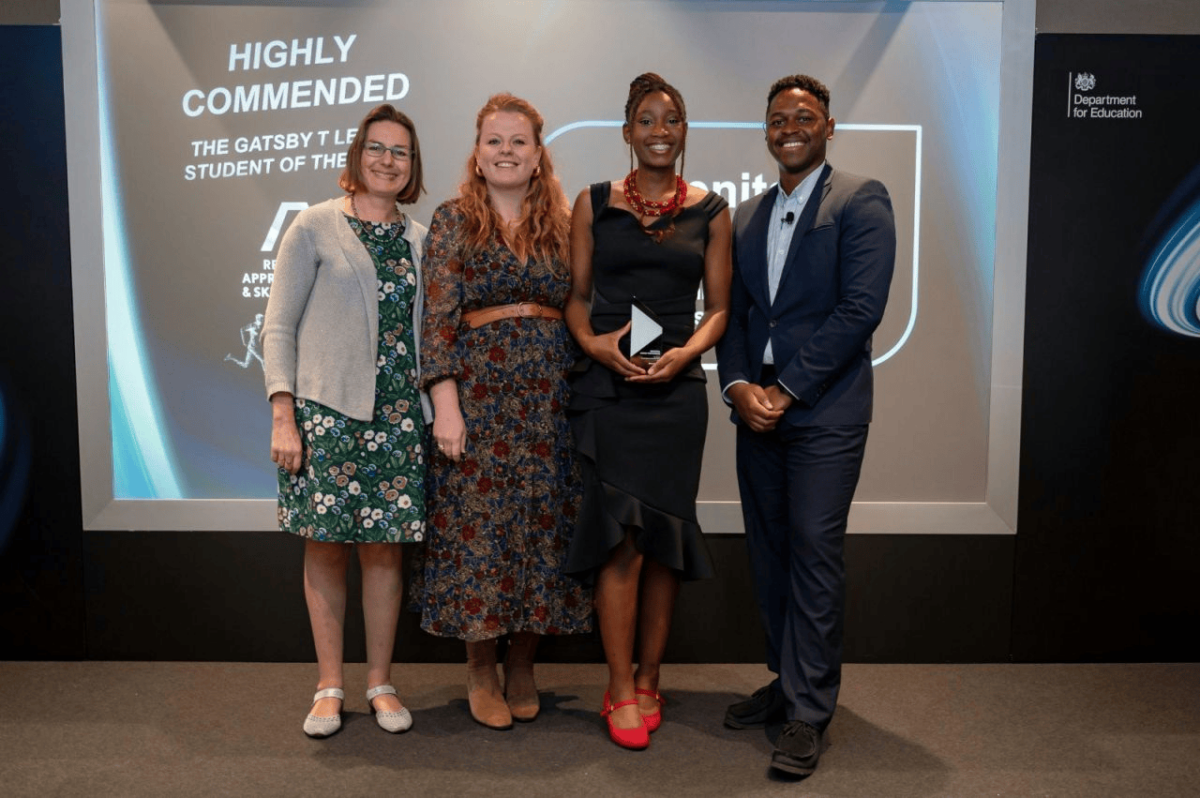



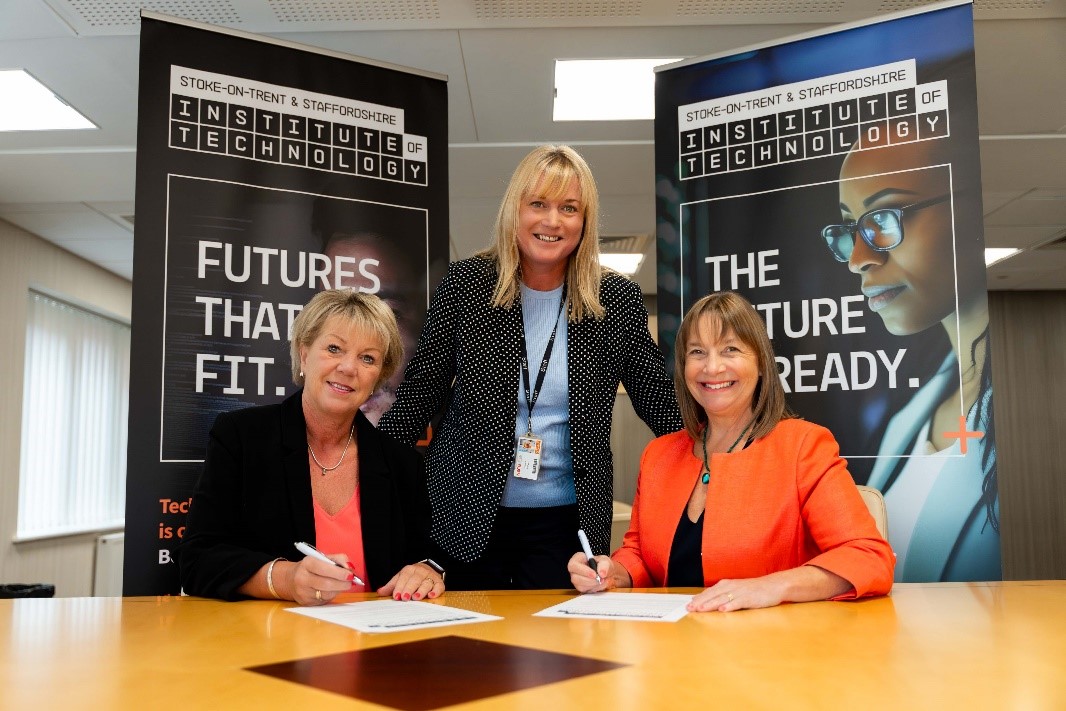

Responses